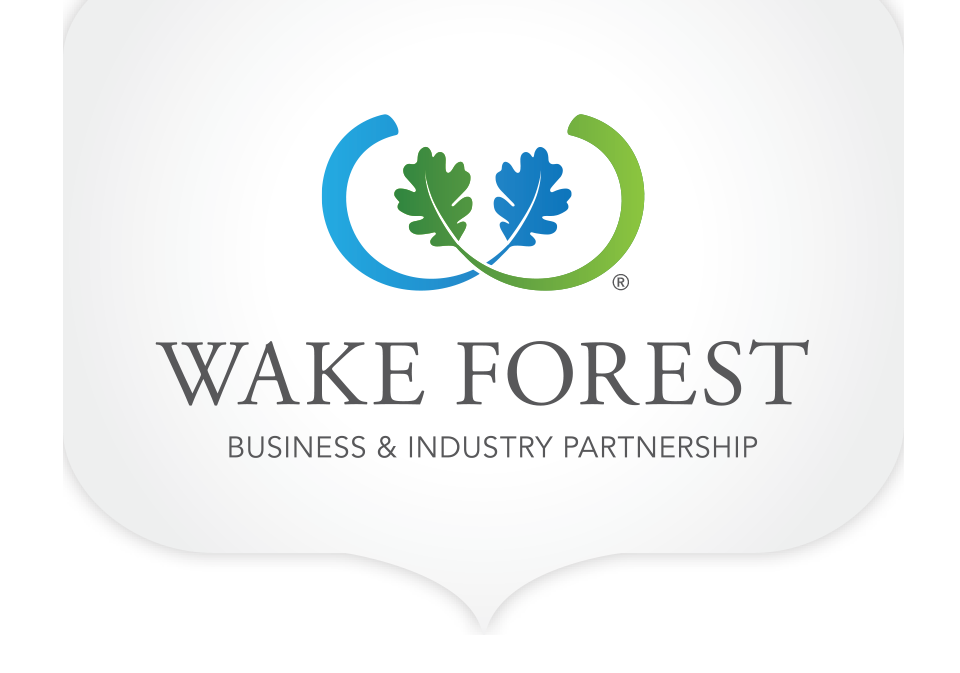One million dollars in Federal funds are behind a major spate of upgrades now underway at H.L. Miller Park, a three-acre patch of nature in the heart of downtown Wake Forest. With financial support also from the Town and a donated stream buffer from Wake Electric Membership Cooperative, crews are now moving earth, paving trails, assembling a boardwalk, and assuring the vitality of two streams converging at the property.
Phase I of the Miller Park Upgrades & Stream Restoration Project commenced last fall and is expected to be complete by early 2026, necessitating the park’s temporary closure. “Even though it’s not a huge project, it’s really noteworthy,” says Steven Meyer, CIP Manager at the Town of Wake Forest’s Engineering Department. In addition to its obvious environmental attraction, H.L. Miller Park will soon offer pedestrian connectivity that links municipal buildings, residential neighborhoods, and downtown meeting venues, Meyer adds.
H.L. Miller Park sits at the intersection of South Franklin Street, Elm Avenue, and South Taylor Street. The property is adjacent to Wake Electric’s Customer Service Center, Town Hall, the Renaissance Center, a Town-owned event destination, and Magnolia Square, a new townhome community on nearby Wait Avenue.
“We’ve got a boardwalk and pedestrian bridge being installed,” Meyer says. He credits Wake Electric’s partnership for much of the project’s momentum. The Town acquired a small amount of stream buffer from Wake Electric, extending the formerly two-acre park to just over three acres. The member cooperative was founded in 1940 and supplies power to approximately 56,000 residents and businesses in Durham, Franklin, Granville, Johnston, Nash, Vance, and Wake counties. “They donated the land and the easement,” Meyer says. “Wake Electric has been a great partner to work with.”
The project began with federal stormwater funds from the American Rescue Plan Act (ARPA), the $1.9 trillion post-COVID stimulus legislation passed by Congress in March 2021. “The further we got into this, the more we saw an opportunity to do more,” Meyer says. In November 2022, Wake Forest voters approved a $75 million General Obligation bond package that included funding for parks and greenways. Included in the upgrades will be the restoration of three bridges that were previously in disrepair. Town officials sought input from residents about their hopes and dreams for the property via SurveyMonkey. Among other ideas, participants suggested that the new park amenities be ADA compliant and family-friendly.
“We’re proud to have donated a portion of the land for this effort and are committed to seeing it become a place the whole community can enjoy,” says Don Bowman, Senior Vice President at Wake Electric. “What used to be an overgrown patch of woods behind our Wake Forest office is now being transformed into something that will serve both our members, our employees, and the wider community in a meaningful way,” Bowman says. The Cooperative’s Customer Center in downtown Wake Forest spans 28,000 square feet. “We’re deeply connected to this town, and we can’t wait to see the park finished and enjoyed by everyone,” he adds.
J.M. Thompson Company, the Cary-based general contractor, is leading the work, while national engineering firm Kimley Horn provides planning and design services.
H.L. Miller Park is named for Henry Love Miller (1899-1991), a prominent businessman, philanthropist, and one-time Mayor of Wake Forest. Born in Oklahoma, Miller mustered out of the U.S. Army after World War I, departing what was then Camp Bragg in Fayetteville and arriving in Wake Forest a few years later, nearly penniless. He started and sold numerous businesses while here and served as Mayor from 1953 to 1959. Historical accounts differ on whether Miller gifted or sold at a discount the land which now hosts Town Hall, the Fire Department and the park that now bears his name. Miller also helped establish the Wake Forest Chamber of Commerce, serving as its Chairman, and was named Wake Forest Citizen of the Year in 1967.
“Miller Park is a historical, environmental, and quality of life resource for the Town of Wake Forest, and an underutilized amenity for our downtown businesses and residents,” says Jason Cannon, President and CEO of the Wake Forest Business and Industry Partnership (WFBIP). Upgrades at the property will enhance walkability and build cohesion among downtown’s various assets and amenities. “This unique property will become a key part of the downtown Wake Forest experience, serving as an economic development asset as well as a visible symbol of a modern, inclusive, and sustainable community,” Cannon says.







